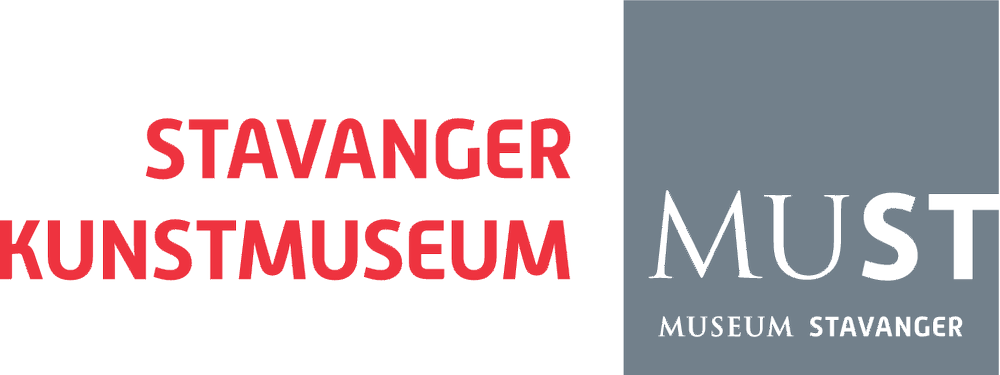Ida Ekblad
Born 1980, Oslo. Lives and works in Oslo.
Youth notwithstanding, Ida Ekblad has already come to the artworld’s attention, in Norway and internationally. Her works have been shown at prestige-bearing institutions such as the New Museum in New York, Palais de Tokyo in Paris and the Venice Biennial. Here in Oslo, her works have featured in a solo show at the Museum for Contemporary Art. Ekblad’s artistic practice has developed from a recirculation of imagery from Internet and popular culture to material-oriented expressionism with a performative aspect. Her use of the ways and means of expressive painting are not merely a matter of post-modernistic paraphrasing or quotation, for they demonstrate a will to respond freely and playfully to established art forms. Ekblad’s artistic process is influenced by, among other things, poetry, music, refuse from consumer society and the Internet.
We can also identify art historical references in her works, such as a visual similarity to CoBrA artists, especially Asger Jorn’s experimental and anarchistic paintings. Ekblad’s sculptures made with scrap metal from garbage dumps can also bring to mind works by artists working in the tradition of French Nouveau réalisme, one example being Jean Tinguely’s kinetic sculptures made with scrap metal. Another obvious reference is to the American artist Robert Rauschenberg’s Combines from the 1960s: these revolutionary sculptures were made with garbage and furniture Rauschenberg found on the sidewalk and elsewhere. Ekblad does not have a media-specific artistic approach; she does not relate to one style or –ism. Quite the contrary: she experiments as much with painting processes in the studio as she does with text and poetry. The sources of inspiration from art history are also treated as ‘found materials’ which she recirculates and elaborates upon. Her ‘abstract turn’ can therefore be seen as a strategy siphoned from the Internet generation’s unfettered, non-hierarchical trafficking in historical and contemporary material.
Early examples of Ekblad’s subjective and ‘expressive’ treatment of found materials are her photo-collages, which consist of cut-out text fragments from National Geographic magazine, recombined into expressive poems. The combining of poetry and painting has been a recurring theme in her works. In her solo exhibition at the Museum for Contemporary Art in Oslo in 2013, she presented several Track Paintings. These were painted with shopping carts, the wheels of which had been engraved with fragments of Ekblad’s poetry. She slathered the wheels in paint and rolled the carts across floor-laid canvases, moving in different directions and patterns in a process that created performative abstractions. The expression in the painting process varied according to the weight of the scrap metal she put in the shopping carts, since it affected the pressure on the wheels. Ekblad also used this scrap metal in her sculptures, thus creating continuity between earlier works and processes. Even the shopping carts with scrap metal became independent sculptures in the exhibition, causing the gallery room to resemble her studio.
Ekblad’s Track Paintings are in many respects motivated by an exploration of poetry and the painting process, but the symbolic value of using a shopping cart cannot be ignored. The shopping cart can be read as a symbol of consumer society: Ekblad filled her carts with the garbage that is the direct result of our prodigious consumption. The idea of using a shopping cart as a paintbrush or paint-roller can also point to the art market and the painting as a consumer product affected by market needs. Ekblad’s Track Paintings look initially like purely formal compositions, but they are the result of an idea that imbues them with a meaning above and beyond their pictorial surfaces. By pointing to our society and culture at the same time as actively appropriating a modernist idiom, Ekblad breaks with Modernism’s doctrine of the autonomy of painting and shows that her practice is rooted in her own era.
Text by: Ida Sannes Hansen


